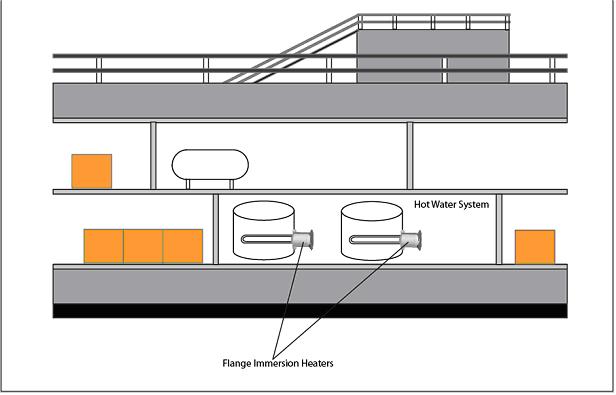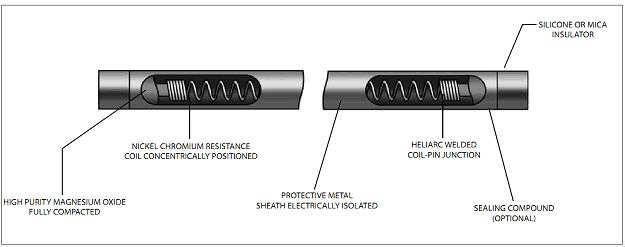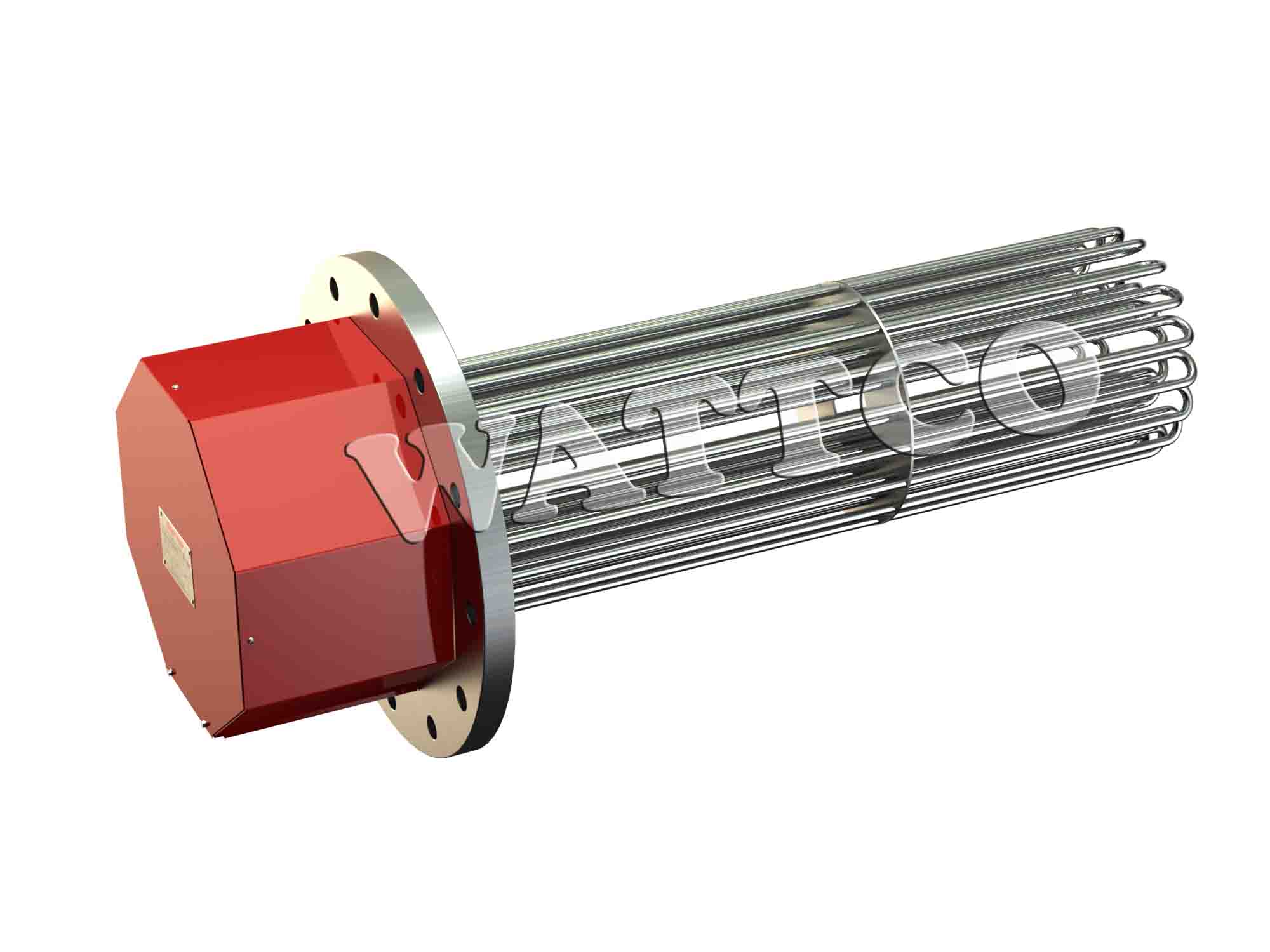Military Heaters
Last updated on January 9th, 2023 at 07:58 pm
Military heaters – Potable water supply is an importance resource for military naval ships because of its many important applications. The potable water supply from naval ships is generally used for drinking, cooking, dishwashing, laundry, hygiene and medical purposes [1]. Large volume of water must be available at all time for long period operation. The potable water must be disinfected before use in order to maintain the safety of the ship crews; this is usually done by mechanical cleaning or chemical disinfection in a water treatment plant from ashore [1]. After the disinfection process, the potable water supply can be boiled or heated to obtain hot water supply. Hot water is an important resource to achieve health safety for the navy crews. Personal and equipment hygiene requirement is very important for naval operation in order to prevent water-borne disease outbreaks [1]. For personal hygiene, hot water can be used for dishwashing, laundry, shower, etc. For equipment hygiene, the hot water can be used to clean and sterilize containers to prevent the accumulation of unwanted bacteria. Hot water is usually obtained by applying electric heating on the potable water supply stored in a large tank (See Figure 1).

Figure 1 – Cross Sectional View of a Naval Ship with a Hot Water System
The pre-heated water supply temperature will eventually drop if there is no heating source on the tank, therefore the water tank should be kept warm during the entire marine operation. Since the water supply is normally stored in a water tank, the heating process can be done by simply using an immersion heater to maintain the warming temperature of the liquid. An immersion heater is an industrial electric heater which is designed for heating various liquid and gas of wide temperature and pressure range. The main advantage of immersion heaters is the minimal space requirement for the heating process. The heating process is done by one or multiple bundled heating elements.
A heating element tube consists of a Nickel Chromium resistor wire enclosed by a protective sheath material and Magnesium Oxide powders (See Figure 2). The sheath material selection is based on the desired target application. For example, Incoloy™ or copper is generally recommended for hot water application and stainless steel for corrosive solutions. The heater elements will warm the target liquid by direct contact heating. The heating process starts from the heat dissipation from the resistor wire and the heat distributes around the surface of the heating elements which result the liquid heating of the entire tank.

Figure 2 – Cross Sectional View of a Heater Element Tube
Among several types of immersion heater, the flange type heater has the best performance for hot water application. This immersion heater consists of a steel flange bundled with multiple heater elements which is mounted on the water storage tank wall (See Figure 1). A hot water temperature of 120 to 135°F is generally suitable for the marine operation [2]. The flange heater elements are able to achieve this temperature range under short period of time. In addition, a digital temperature controller can also be installed to maintain the desired temperature of the hot water at any time.

Figure 3 – Flange Heater Manufactured by WATTCO™
In marine operations, hot water is primarily consumed for hygiene, cooking and drinking. However, the hot potable water demand may increase during times of emergency. An emergency hot water unit can be utilized when hot water becomes an absolute requirement during urgent period such as for medical purposes or during events of unexpected hot water shortage. Flange heaters can be used to heat the emergency water container during event of the primary hot water unit failure. A breakdown of a hot water system generally takes a long period to repair, mainly due to the maintenance and disinfection procedure. Therefore it is recommended to have an extra hot water system installed and ready for the unexpected emergency period.
According to Department of the Navy of United States, the minimum potable water requirement for the naval ship crews is 2 gallons per man per day for cooking and drinking purposes [1]. Therefore the total volume of water supply could go as high as 100,000 gallons or more for a single naval ship depending on the number of staffs. However, regardless of the required tank size, WATTCO™ can provide the necessary heating elements for the desired hot water application. The selection and sizing of the flange and heater elements depends entirely on the target tank volume and size. Therefore it is recommended to consult WATTCO™’s supporting technicians in order to ensure the compatibility of the heater.
Reference
1. USA. Department of the Navy. Bureau of Medicine and Surgery. Water Supply Afloat. By D.C Arthur. 7th ed. Washington, 2005. Http://www.med.navy.mil. Department of Defense (DOD), 2005. Web. 17 Nov. 2011. <http://www.med.navy.mil/directives/Pub/5010-6.pdf>.
2. USA. Oak Ridge National Laboratory. Lockheed Martin Energy Research Corp. Retrofit Guide for Military Family Housing: Energy Efficient Weatherization and Improvements. By Wisconsin Energy Conservation Corporation, Dec. 1996, p.8-9. Web. 17 Nov. 2011. <http://www.wbdg.org/ccb/DOE/TECH/retrofit.pdf>.
